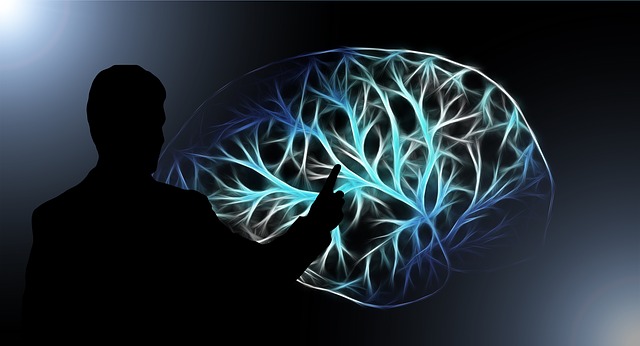News
Brain changes in contact sports may be caused by “microconcussions”

Much has been said about the connection between concussions or traumatic brain injuries and dangerous changes to the brain such as chronic traumatic encephalopathy (CTE). However, a new study from Indiana University suggests even athletes in contact sports who don’t experience clinical concussions show signs of brain changes.
According to the report published in the journal Neuroimage, a team of researchers saw differences between brain patterns of athletes participating in contact sports and noncontact athletes while performing simple visual tasks.
The researchers believe these findings may indicate that a history of minor but repeated bumps or “microconcussions” may cause small changes to eye movement-related areas of the brain.
However, there is a second possibility that could be more benign. The researchers say there is a chance the chance the changes may be the result of the brain compensating to improve eye-hand coordination after hundreds of hours of practice in contact sports.
Because of this possibility and the small size of the recent study, senior author Nicholas Port says more research is needed. Still, he calls the findings an important step in researching subconcussive hits or microconcussions.
“The verdict is still out on the seriousness of subconcussions, but we’ve got to learn more since we’re seeing a real difference between people who participate in sports with higher risk for these impacts,” said Port, an associate professor in the IU School of Optometry. “It’s imperative to learn whether these impacts have an actual effect on cognitive function — as well as how much exposure is too much.”
In the most recent study, Port and colleagues used fMRI technology to scan the brains of 21 football players with no concussion history and 19 cross-country athletes while performing simple visual tasks. The team of researchers say they chose these sports because football is a highly physical game including frequent hits to the head, while cross-country athletes face very little risk for such impacts.
The study authors also scanned the brains of 11 non-college-level athletes from similar socioeconomic backgrounds to ensure the results were not skewed by unrelated factors.
The most obvious changes visible were found in the regions of the brain responsible for visual processing. Football players showed considerably more activity in these regions compared to both the cross-country runners and non-college-athletes.
“We focused on these brain regions because physicians and trainers regularly encounter large deficits in players’ ability to smoothly track a moving point with their eyes after suffering an acute concussion,” Port said.
This could be read as a red flag, but Port admits the results aren’t as clear-cut as they sound.
“Everyone from musicians to taxi drivers has differences in brain activity related to their specific skills,” he said. “The differences in this study may reflect a lifetime exposure of subconcussive blows to the head, or they could simply be the result of playing a visually demanding sport where you’re constantly using your hands and tracking the ball.”



